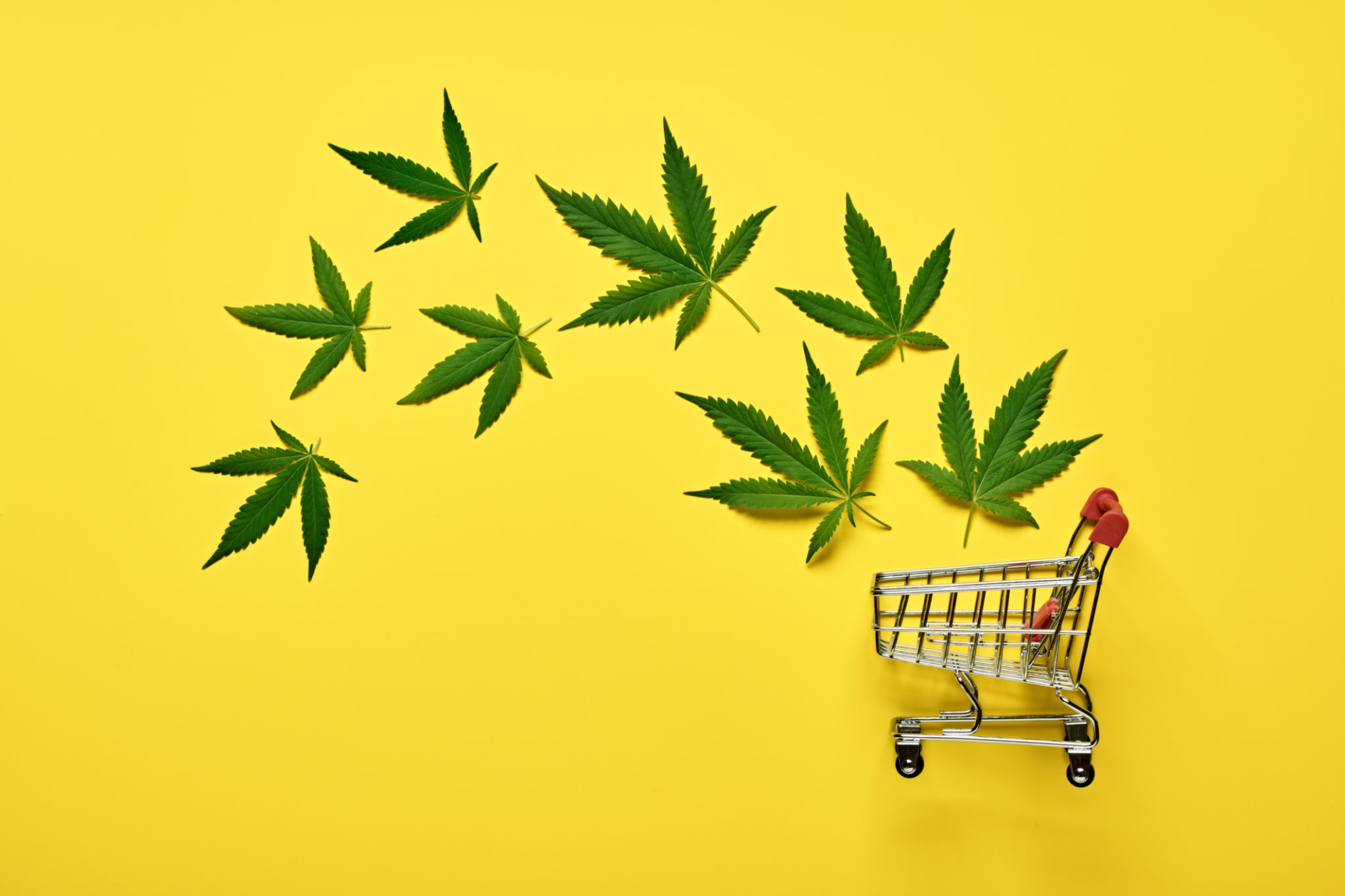Navigating Seasonal Trends in Cannabis Retail: A Guide for Managers
JC
Understanding Seasonal Trends
As the cannabis industry continues to grow, understanding and navigating seasonal trends becomes crucial for retail managers. Much like other retail sectors, cannabis sales experience fluctuations throughout the year, driven by holidays, weather changes, and consumer behavior. Recognizing these patterns can help managers optimize inventory, staffing, and marketing strategies.
Seasonal trends in cannabis retail can vary widely based on geography and local culture, but there are commonalities that most retailers can observe. Identifying these trends early can give retailers a competitive edge.

Key Seasonal Peaks
One of the most significant peaks in cannabis sales occurs around April 20th, known as "4/20" in cannabis culture. This day often sees a surge in sales as consumers celebrate with purchases. Retailers should prepare by stocking up on popular products and possibly offering special promotions.
The holiday season, including Thanksgiving, Christmas, and New Year's Eve, also sees an uptick in sales. Consumers often purchase cannabis products as gifts or for personal celebration. Planning for this period involves ensuring adequate inventory and potentially extending store hours.

Weather-Related Influences
Weather can significantly impact consumer behavior and cannabis sales. In colder months, consumers may prefer indoor activities and are more likely to explore new products. This is a great time to promote edibles or other products that complement indoor leisure.
Conversely, during warmer months, outdoor activities become more popular, and products like pre-rolls and portable vaporizers might see increased demand. Retailers can capitalize on this by highlighting products ideal for summer activities.
Strategic Inventory Management
To efficiently navigate seasonal trends, effective inventory management is crucial. Consider using data analytics to predict demand based on past sales figures and current market trends. This approach can help minimize overstocking or running out of popular items during peak times.

Furthermore, collaborating with suppliers for timely deliveries can ensure that you have the necessary products available without excessive surplus.
Enhancing Marketing Strategies
Marketing plays a vital role in capitalizing on seasonal trends. Tailoring marketing campaigns to align with seasonal peaks can drive customer engagement and boost sales. Consider using social media and email marketing to reach your audience with targeted promotions and educational content.
Partnering with local events or hosting in-store activities can also draw customers in during slower periods. Creative marketing strategies can differentiate your store from competitors and build customer loyalty.

Staffing and Customer Experience
Staffing appropriately during peak seasons is essential for maintaining a positive customer experience. Hiring temporary staff or adjusting employee schedules can help manage increased foot traffic and ensure customers receive the attention they need.
Training staff to be knowledgeable about seasonal products and promotions can also enhance customer satisfaction and encourage repeat visits. A well-prepared team can significantly impact the success of your retail operations during busy periods.
